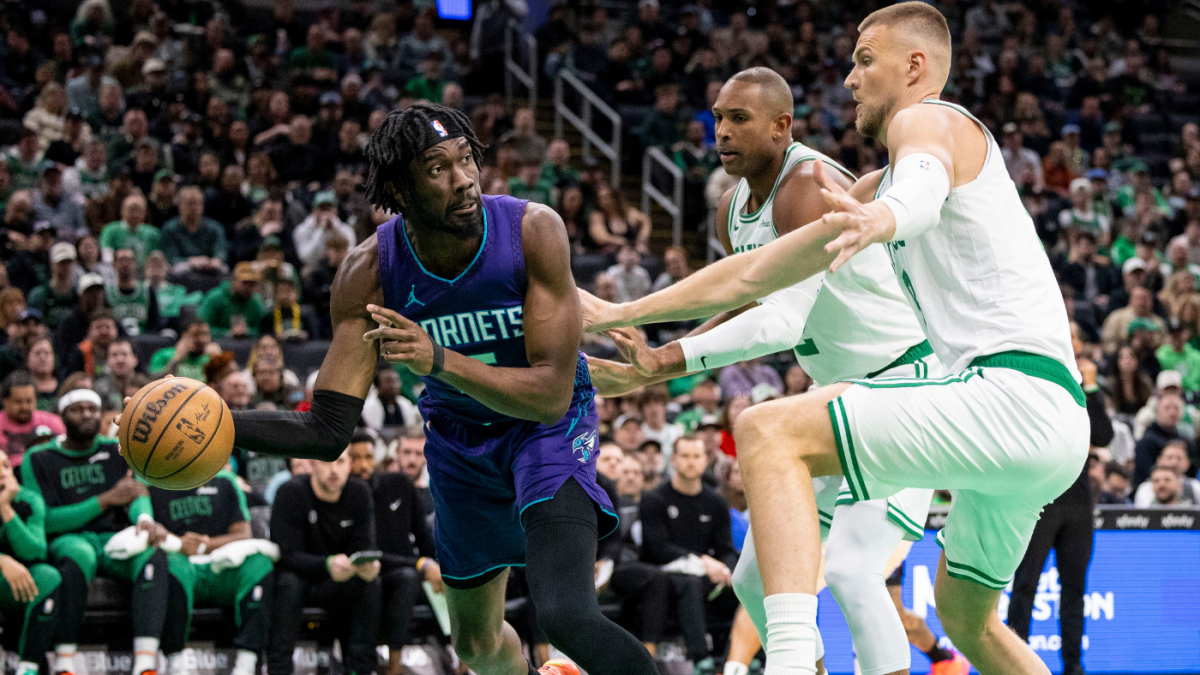The 2025 NBA Draft was a pivotal moment in the league’s landscape, marked by strategic trades and bold moves that reshaped the future of several franchises. The Phoenix Suns made headlines by acquiring Mark Williams from the Charlotte Hornets, a move that underscored their commitment to immediate contention. Meanwhile, the Los Angeles Lakers climbed the draft board to secure a second-round gem, while the Memphis Grizzlies and Brooklyn Nets took contrasting approaches to building their rosters. The ripple effects of these deals will be felt for years to come, as teams position themselves for both short-term success and long-term sustainability.
The Suns’ acquisition of Williams was a defining moment of the draft. By trading the 29th overall pick, a lightly protected 2029 first-rounder, and veteran Vasilije Micić, Phoenix addressed a critical need for rim protection and defensive presence. Williams, a 7-footer with elite shot-blocking instincts, fits perfectly alongside Kevin Durant and Devin Booker, providing a defensive anchor that has been lacking in recent playoff runs. The move also gives the Suns long-term flexibility, as Williams is under contract for two more years on a cost-controlled rookie deal. However, the trade comes with risks, including the sacrifice of future draft capital and the potential for Williams to underperform or suffer injuries.
For the Hornets, the trade with the Suns represents a calculated gamble on the future. Acquiring two first-round picks, including a lightly protected 2029 selection, provides Charlotte with valuable assets to fuel their rebuild. The Hornets also added UConn’s Liam McNeeley at No. 29, signaling a preference for versatile wings that align with modern NBA trends. While losing a promising young big man like Williams is a blow, the Hornets’ return package offers them the flexibility to either trade the picks for established talent or use them to draft high-upside prospects. The success of this trade will hinge on whether the acquired picks develop into foundational pieces for the franchise.
The Lakers’ move to climb up for a second-round pick highlights their commitment to balancing championship aspirations with long-term sustainability. By swapping future seconds to secure the 45th overall selection, Los Angeles continues to build a roster that can compete now while also investing in affordable young talent. The Lakers’ scouting department has a proven track record of finding value in the second round, as evidenced by the success of players like Austin Reaves and Alex Caruso. Whether this year’s selection pans out remains to be seen, but the move underscores GM Rob Pelinka’s strategic approach to roster construction.
The Grizzlies and Nets took contrasting approaches to the draft, each prioritizing different aspects of team-building. Memphis traded up for the 11th overall pick, exchanging a veteran point guard and a 2025 first-rounder for two seconds and the rights to a coveted prospect. This move aligns with the Grizzlies’ strategy of stacking young, athletic talent around Ja Morant, Desmond Bane, and Jaren Jackson Jr. The Nets, on the other hand, completed deals that left them with a record five first-round selections. This asset war chest gives new GM Trajan Langdon the flexibility to make big swings in future trades or aggressive draft-and-develop stints. Both franchises are operating on long time horizons, but their approaches reflect different philosophies on how to build a contender.
The 2025 NBA Draft also saw the Houston Rockets make a blockbuster trade with the Suns, acquiring Kevin Durant in exchange for Jalen Green, Dillon Brooks, and a bevy of picks, including Houston’s No. 10 selection. This deal set the stage for the Suns’ win-now urgency and positioned Houston as a playoff lock while nurturing their prospects. The Durant move, combined with the acquisition of Williams, represents a significant shift in the Suns’ organizational strategy, blending youthful upside with remaining star power. The ripple effects of this trade will be felt throughout the league, as teams adjust their own plans in response to the new power dynamics.
The draft also featured several other notable moves, such as the Utah Jazz trading up for Walter Clayton and the Grizzlies targeting the rights to a prospect at 11th overall. These deals highlight the importance of dynamic decision-making and seizing opportunities when they arise. The league is in a state of flux, with teams like the Nets and Hornets stockpiling for a post-superteam era, while others like the Suns and Lakers are doubling down on tight windows. The emergence of these secondary moves underscores the strategic depth of modern NBA front offices.
In conclusion, the 2025 NBA Draft was a transformative event that will echo for years to come. The Suns’ acquisition of Mark Williams provided them with a much-needed defensive anchor and a long-term building block. The Hornets’ calculated gamble on the future offers them valuable assets to fuel their rebuild. The Lakers’ move to secure a second-round pick highlights their commitment to balancing short-term success with long-term sustainability. The Grizzlies and Nets took contrasting approaches to building their rosters, each prioritizing different aspects of team-building. The Houston Rockets’ blockbuster trade with the Suns reshaped the league’s power dynamics, while other notable moves underscored the strategic depth of modern NBA front offices. As the dust settles, the 2025 NBA Draft will be remembered as a pivotal moment in the league’s evolution, setting the stage for future contention and surprises.

